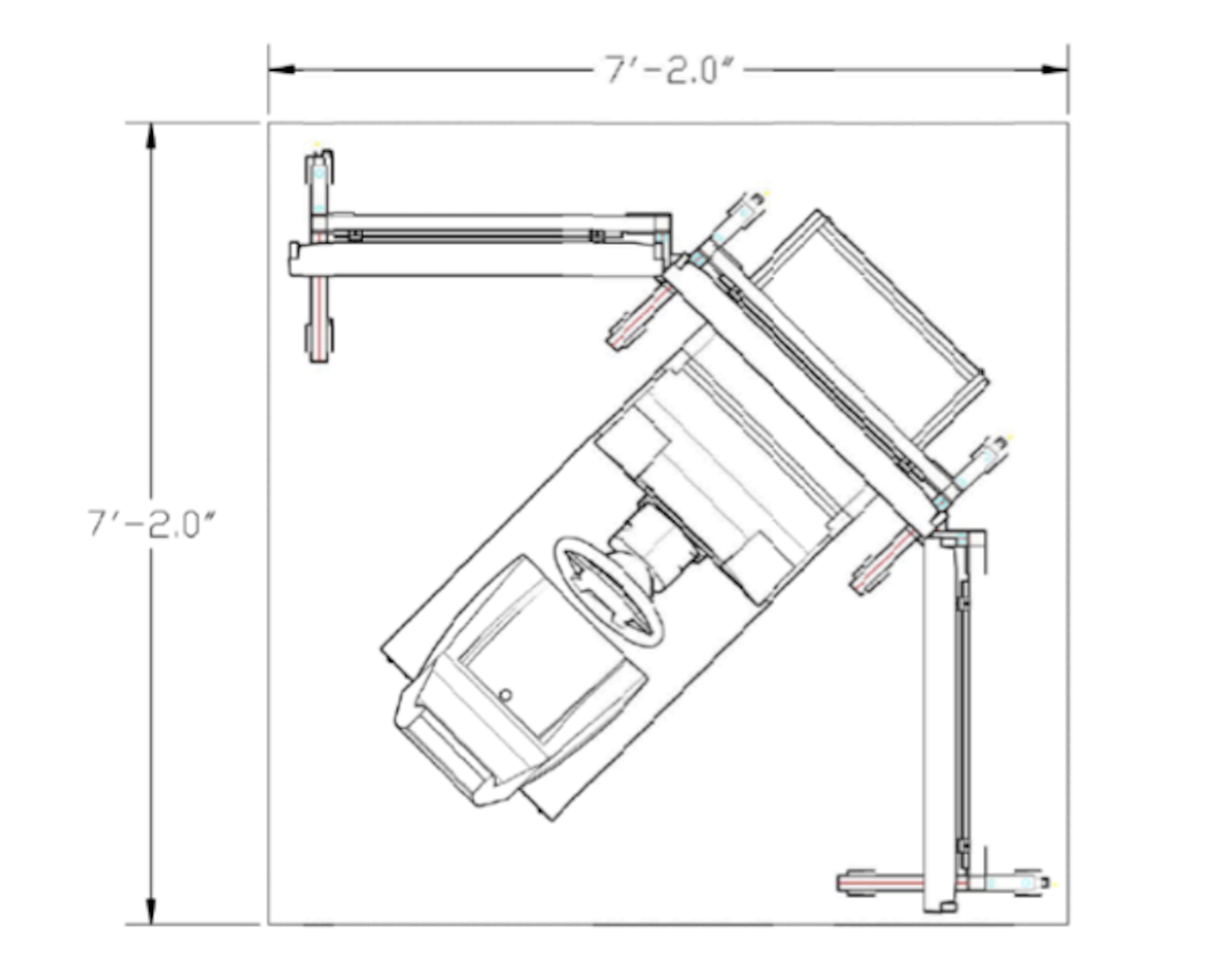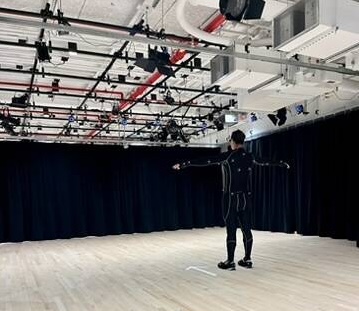Simulation
The Strangeland environment is the backend of our multiplayer studies, which was developed in the Unity game engine with a .NET codebase for multi-platform deployments. This virtual environment facilitates real-time multi-agent interaction in shared urban spaces, enabling natural interactions between drivers, pedestrians, and other road users. Instantiations of customizable urban environments allow for the re-creation of culturally-specific urban scenarios, enabling comparative studies across different cultural contexts.

Vehicle simulators
The NADS miniSim Quarter Cab vehicle simualtor is the largest driving simulator I work with. The system incorporates OEM vehicle components and a tri-screen display configuration, delivering a 180-degree field of view that can ideally mimic real-world driving conditions. The platform's advanced physics engine accurately models various environmental conditions, while integrated eye-tracking and behavioral monitoring systems capture rich data about driver behavior and attention patterns. In addition to the miniSim we also use a Logitech G29 force-feedback steering pedal and wheel set, which provides a flexible configuration for 2-driver studies.
Free-motion simulators
The integration of Meta Quest 2 and Meta Quest Pro systems extends our capability to provide more immersive experimentation solutions. For example, becoming a pedestrian requires the construct of a road space and traffic environment. These advanced HMDs feature high-resolution immersion that allows us to design environments to target certain rare traffic scenarios. Integrated eye-tracking and facial expression monitoring systems provide detailed data about participant attention and ~emotional states during interactions.


Motion capture
Motion capture helps to precisely measure, model, and reproduce operational human movement. In my research, motion capture streams are useful for capturing behavior of pedestrians and other vulnerable road users with incredibly granularity.
OptiTrack (outside-in tracking)
Our OptiTrack setup is like having 24 super-precise cameras all working together. Operating at up to 120hz and integrates directly with Strangeland! This system also tracks multiple people at once - perfect for studying group dynamics such as herd behavior and in- and out-group biases. Addtitionally, optiTrack supports a .NET base, allowing participants to interact on-line.
Sony Mocopi (inside-out tracking)
The Sony Mocopi is our newest toy, and it lets us catpure movement on the go! As a portable motion capture solution, six wireless IMU-based sensors enable natural movement studies in both lab and field settings. This dual-system approach provides flexibility in studying pedestrian behavior across various environmental contexts while maintaining high data fidelity.

A note on networking
A humanFUELed hot-pot: Here's where it all comes together! Our lab network is a carefully crafted stew of different technologies (hence hot-pot). Here's what's simmering in our digital kitchen:
- Real-time data synchronization (and logging!) between all devices and participants.
- Exact positioning and operation movement of participants throughout experimentation.
- HMDs for pedestrians, cyclists, and/or desktop vehicle simulator participant.
- NADS MiniSim for driving participants.

1Laessoe, U., Abrahamsen, S., Zepernick, S., Raunsbaek, A., & Stensen, C. (2023). Motion sickness and cybersickness - Sensory mismatch. Physiology & Behavior, 258(114015), 114015. https://doi.org/10.1016/j.physbeh.2022.114015